Rewiggling the River Thet: Oxygen Conservation Guides River Restoration in Norfolk using eDNA
From Fishing Lakes to Thriving Ecosystems. Oxygen Conservation partners with NatureMetrics to conduct a comprehensive eDNA baselining survey, enabling data-driven decisions for ambitious plans to restore 2km of the River Thet and reconnect it with its floodplain at Manor Farm in Norfolk.
.avif)
A collaboration between
Project Snapshot
Overview
Oxygen Conservation, an organisation founded with the aim of tackling climate change and biodiversity loss through Scaling Conservation, partnered with NatureMetrics to conduct comprehensive environmental DNA (eDNA) surveys of the River Thet at their Shropham Estate in Norfolk.
The 694-acre former traditional farm includes approximately 2km of the River Thet, which has been historically straightened and confined to serve agricultural needs. Oxygen Conservation aims to restore this section of river to a more natural, dynamic state, potentially reconnecting it with its floodplain to create a thriving wetland ecosystem.
The eDNA surveys were commissioned to establish a robust biodiversity baseline before implementing ambitious river restoration plans. By collecting detailed data on fish, mammals, and aquatic invertebrates, Oxygen Conservation sought to inform their restoration strategies and create a benchmark against which to measure the success of their interventions.


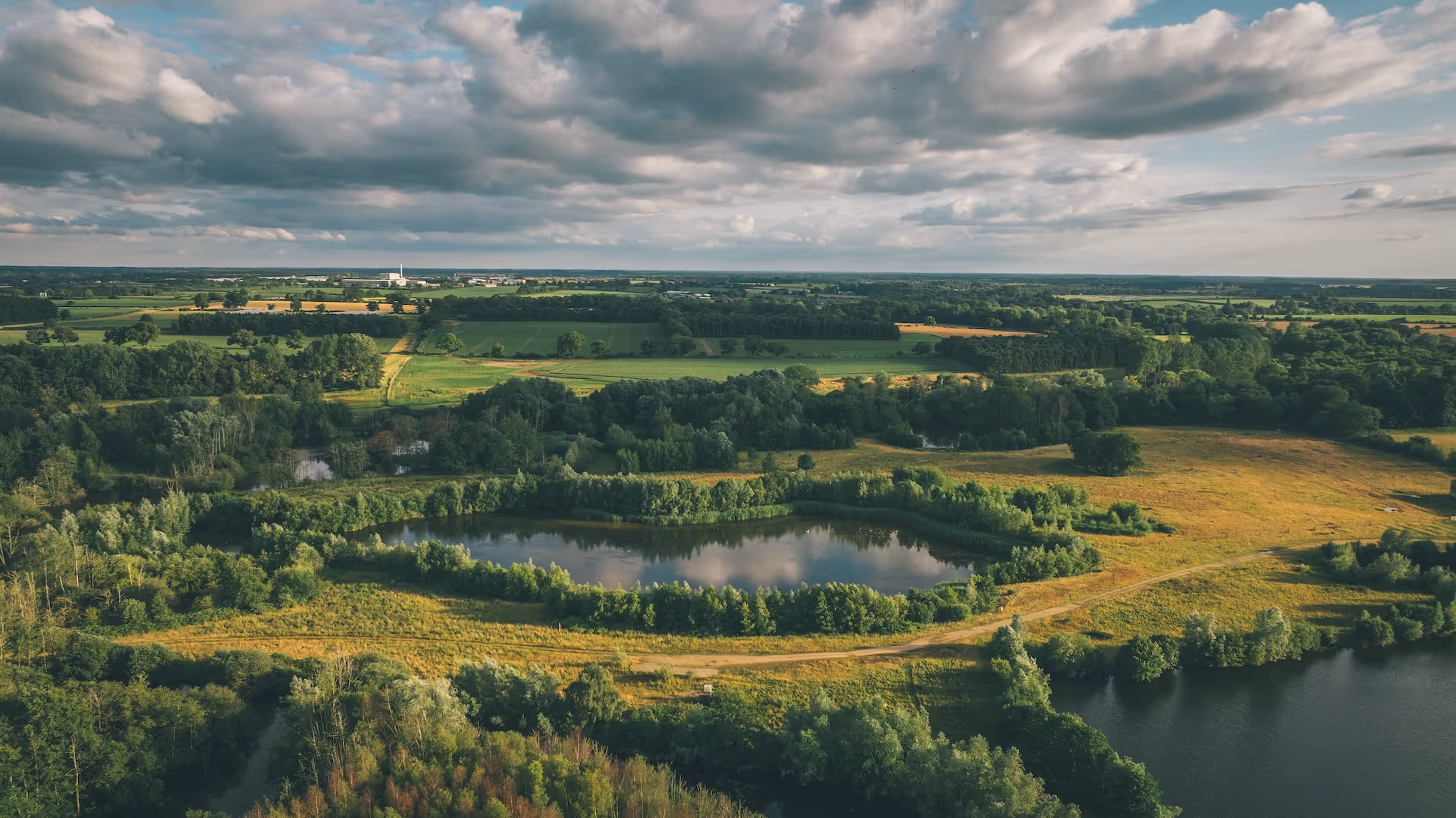
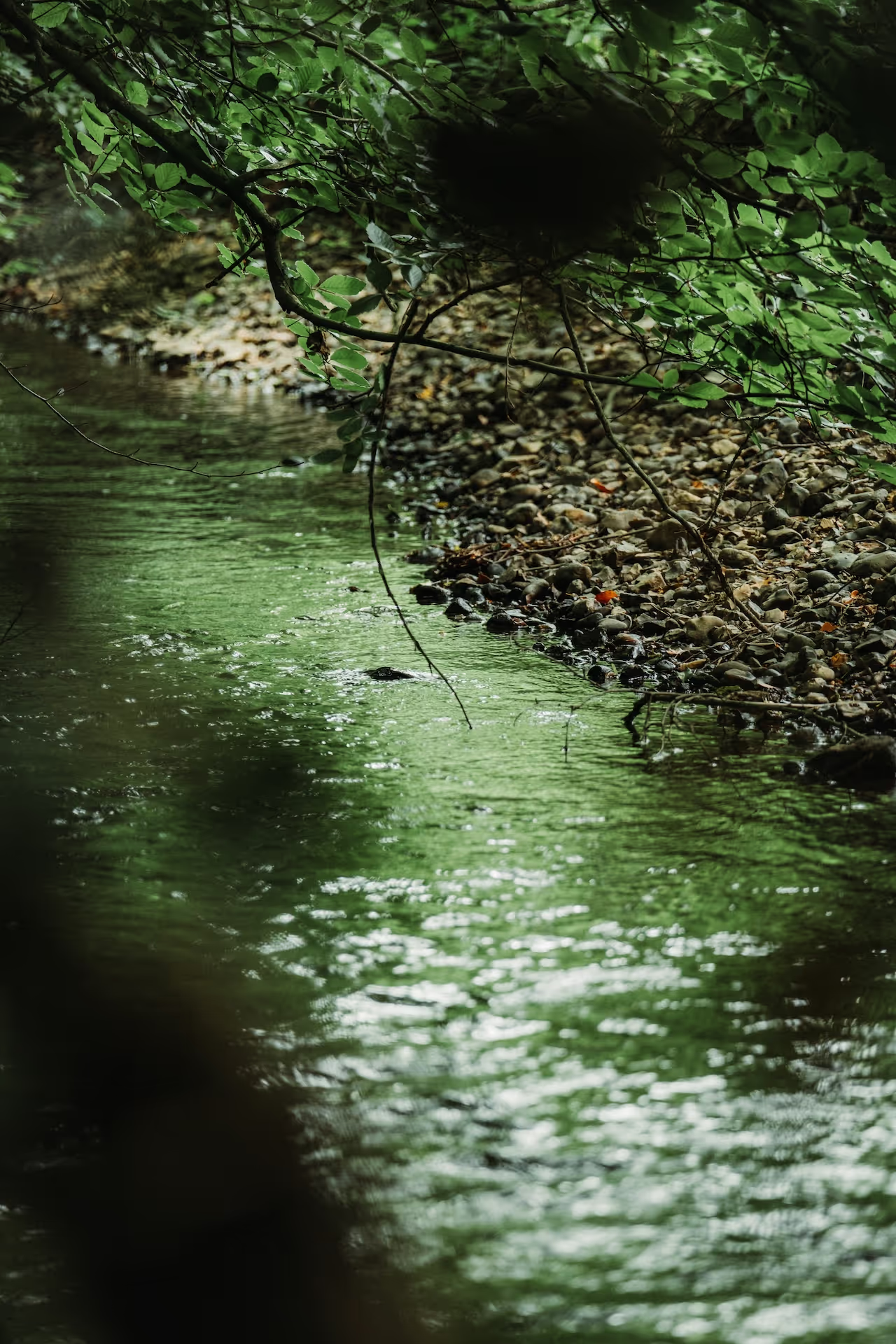
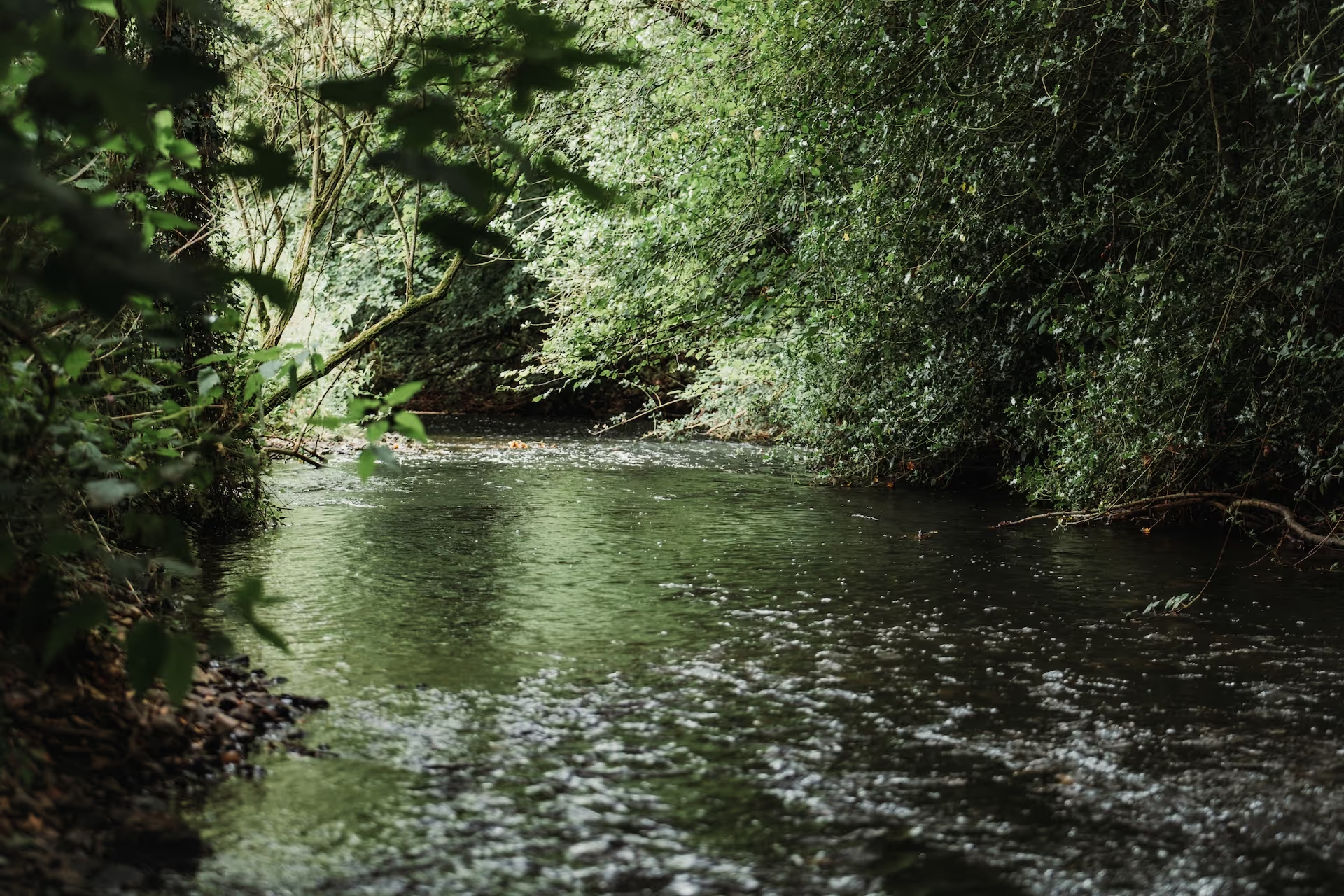
The Challenge
Oxygen Conservation faced 5 key challenges in planning their river restoration project:
- Lack of recent, comprehensive biodiversity data for the River Thet at Manor Farm, with the most recent data records back to the early 2000s.
- Need for a non-invasive survey method that could provide data on multiple taxonomic groups without disturbing the sensitive river ecosystem.
- Balancing the desire for ambitious restoration with the need for evidence-based decision-making and the ability to quantify future biodiversity gains.
- Navigating complex stakeholder interests, including an existing angling syndicate using on-site gravel pits, while prioritising overall ecosystem health.
- Additionally, the presence of non-native species in the adjacent gravel pits, including a potentially invasive catfish, posed questions about habitat connectivity and management.
Traditional survey methods were considered too invasive, resource-intensive, and limited in scope to meet the challenges of the sensitive habitat. Oxygen Conservation required an innovative approach that could provide a holistic view of the river's biodiversity to inform their restoration strategy, while also addressing concerns about invasive species and habitat connectivity.

Our Role
NatureMetrics provided a comprehensive eDNA survey solution to address Oxygen Conservation's data needs. We deployed our aquatic eDNA kits to sample water from multiple locations along the River Thet and associated water bodies. The sampling strategy was designed to capture biodiversity data from various habitats within the estate, including the main river channel, field drains, and gravel pits.
The collected samples were analysed using two metabarcoding assays: vertebrates and freshwater macroinvertebrates. This dual approach allowed for the detection of a wide range of species, from fish and amphibians to elusive mammals and diverse insect communities. We processed the samples in our laboratories and provided detailed reports and data including species richness and evolutionary diversity metrics.


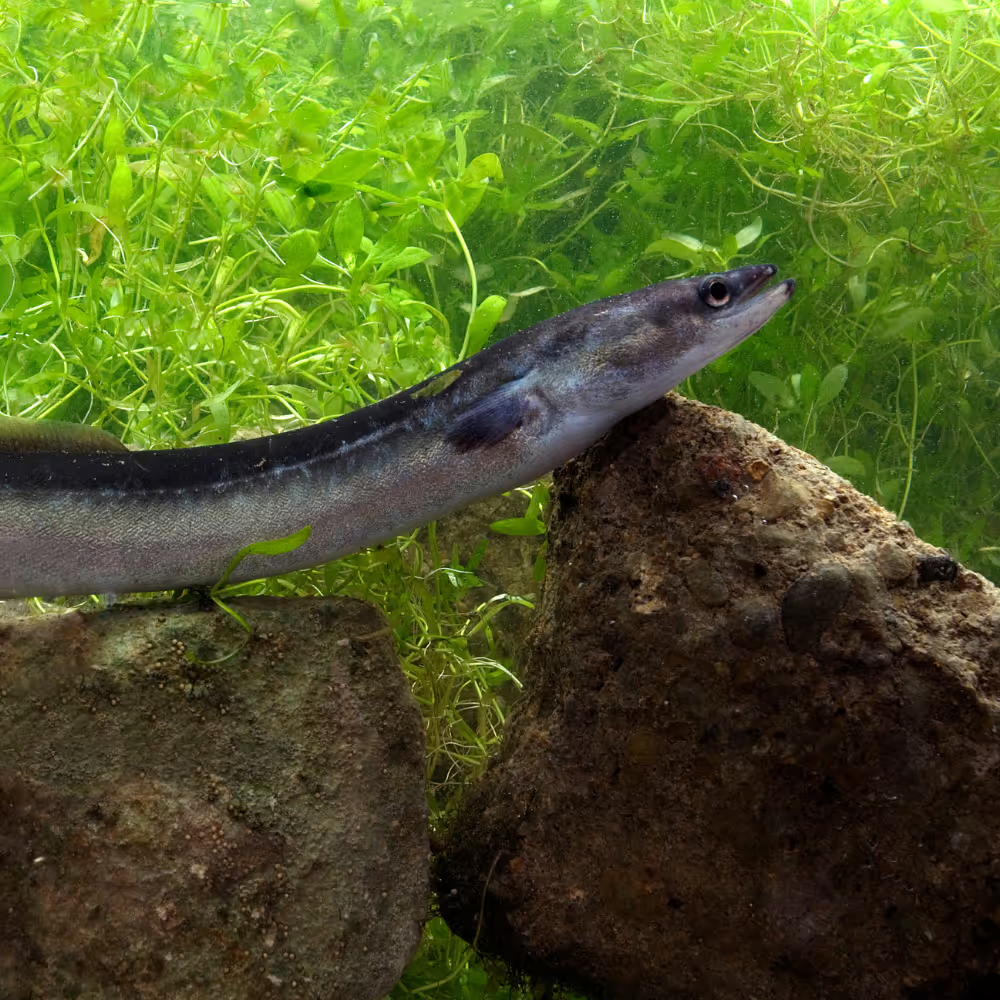


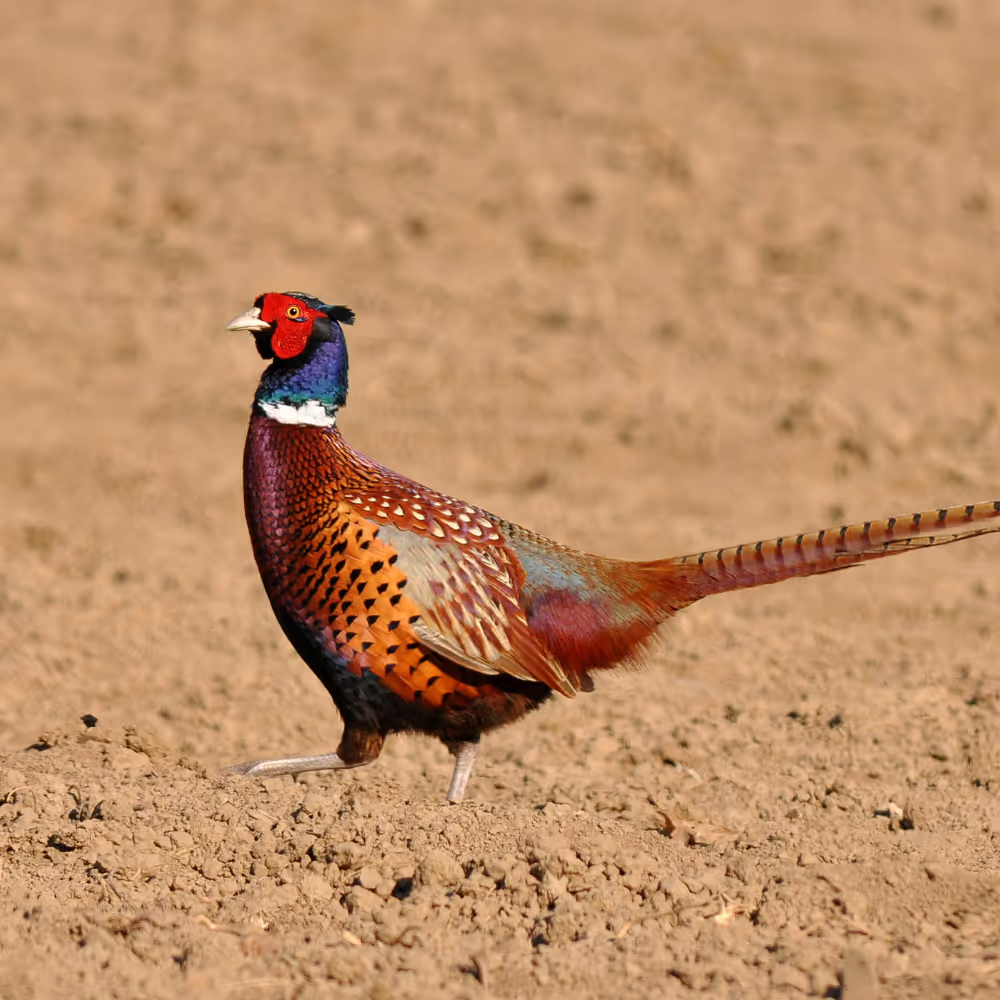

The Findings
The eDNA surveys revealed rich biodiversity in the River Thet and surrounding habitats. A total of 54 vertebrate species were detected, with 72.2% identified to species level. This included 14 fish taxa, with the European eel – an IUCN Red List critically endangered species - detected in 4 out of 12 samples.
The surveys also uncovered evidence of important mammal species, with water vole detected in 9 out of 12 samples and otter presence confirmed in one location. These findings provide valuable insights into the distribution of these protected species within the estate.
In terms of aquatic invertebrates, the surveys identified 504 taxa, with 50.4% identified to species level. This rich insect diversity offers a powerful tool for assessing water quality and habitat condition. Interestingly, the sampling location with the highest invertebrate diversity was identified, providing a potential reference point for restoration efforts.
The eDNA data also highlighted variations in biodiversity between different habitats on the estate, including the main river channel, field drains, and gravel pits. This spatial information will be crucial in guiding targeted restoration efforts and understanding habitat connectivity.

Dan Johnson
Head of Environment at Oxygen Conservation
The Impact
The eDNA survey results have provided Oxygen Conservation with a comprehensive biodiversity baseline, crucial for making data-driven decisions about their ambitious river restoration plans. This robust dataset enables Oxygen Conservation to set specific, measurable biodiversity targets and track progress over time through repeat surveys.
The detection of protected species like European eel and water vole underscores the site's conservation value, while the detailed invertebrate data offers insights into water quality and habitat condition across the estate that will guide the design of in-channel improvements and help assess the ecological response to restoration efforts over time.
Oxygen Conservation plans to use this baseline to inform their restoration strategies such as increasing channel sinuosity, adding large woody debris, and reconnecting the river with its floodplain. The ability to detect a wide range of species, including those often missed by traditional surveys will be particularly valuable in assessing the impact of these interventions, allowing for adaptive management as the project progresses.
Furthermore, the comprehensive data strengthens Oxygen Conservation's position when seeking collaborative opportunities, providing concrete evidence of the site's ecological importance. It also serves as a powerful tool for engaging local stakeholders, including anglers and conservation groups, demonstrating the potential benefits of restoration.
By enabling this data-driven approach, eDNA technology is helping Oxygen Conservation make informed decisions, communicate effectively with stakeholders, and set a new standard for evidence-based river restoration projects. The success of the Shropham project has opened up discussions to use eDNA to answer conservation questions at other Estates across the Oxygen Conservation portfolio.





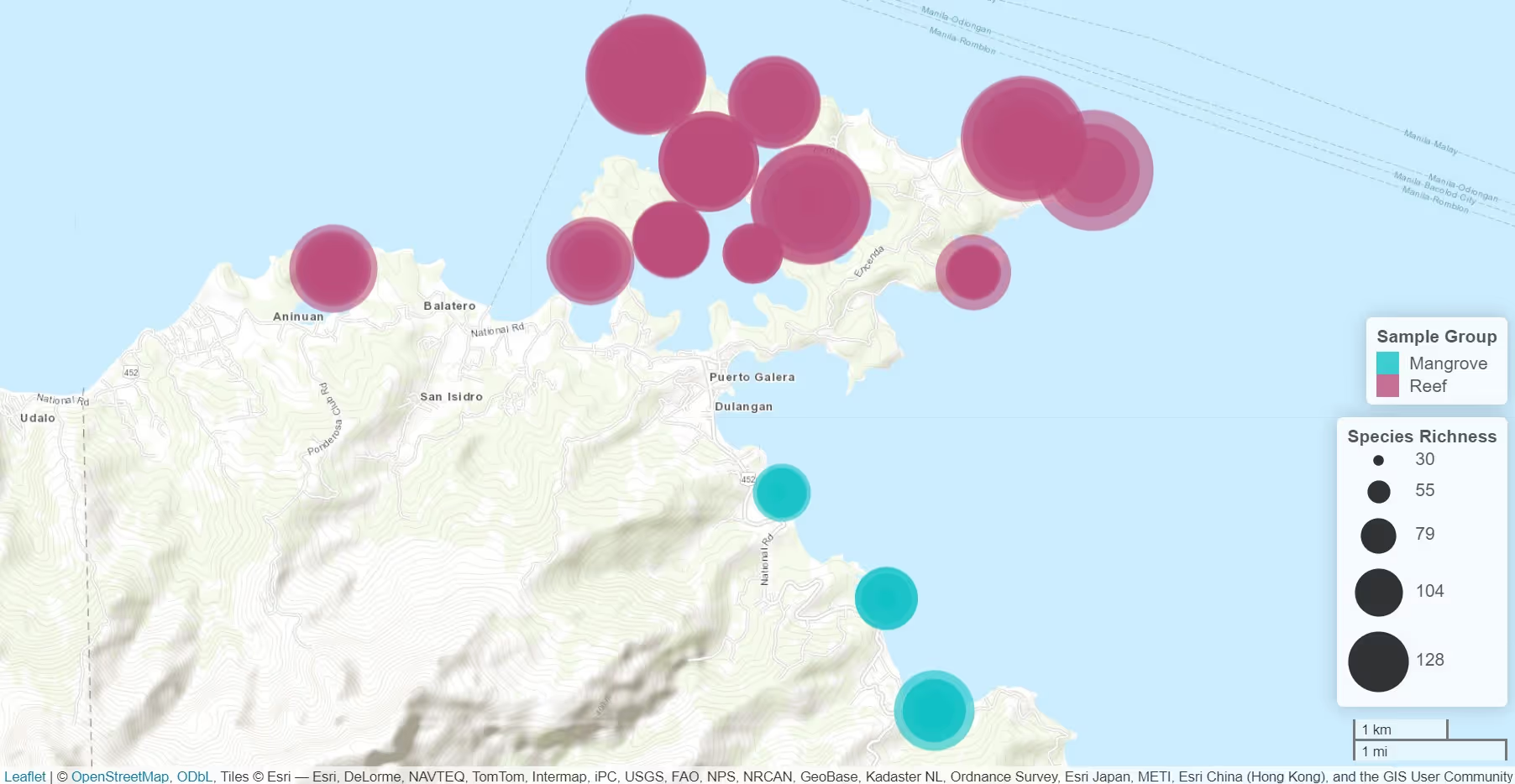
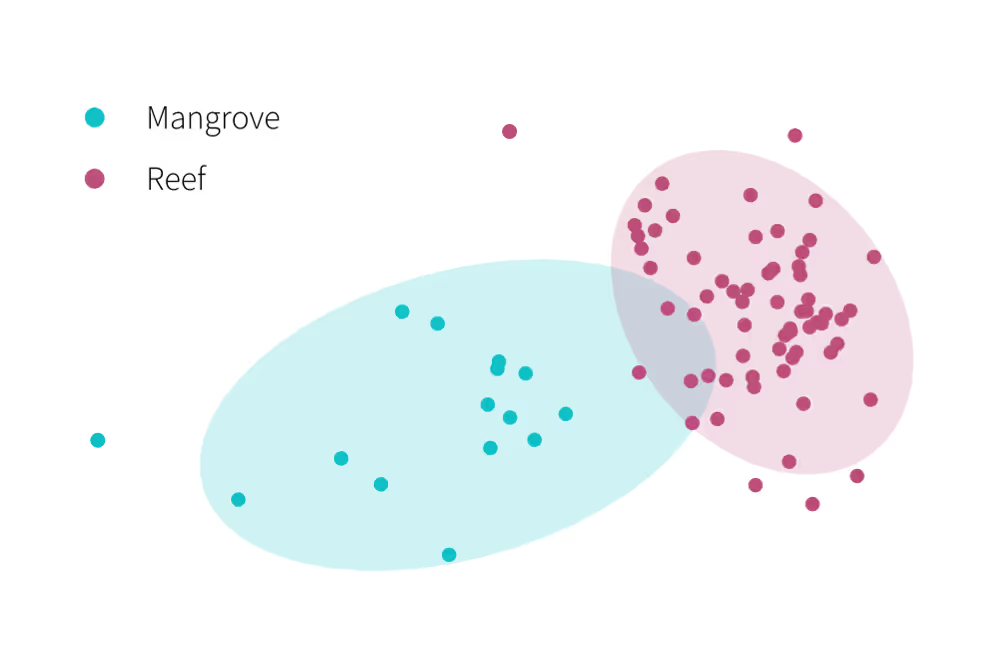

.avif)